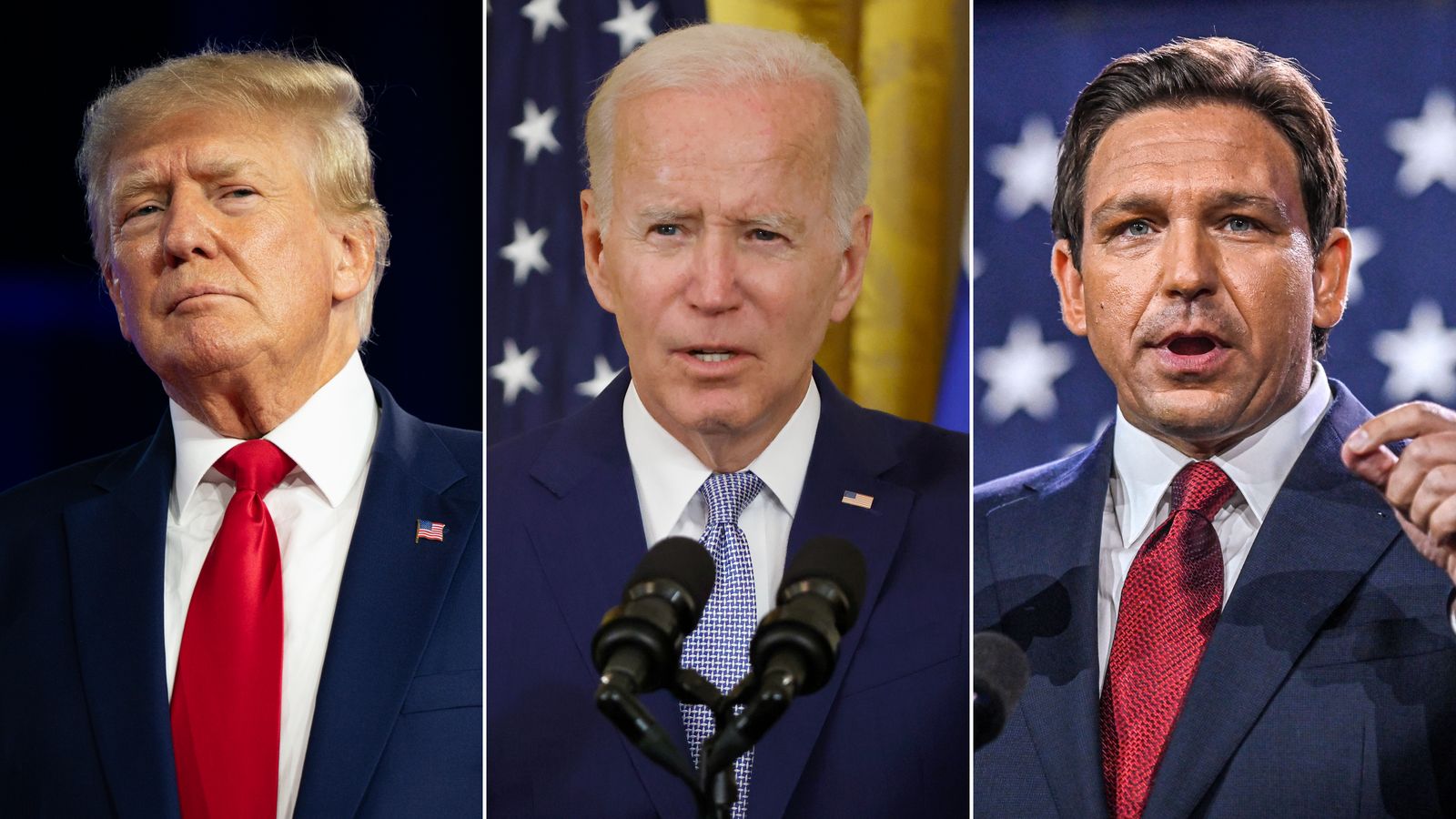What is dominating currency trends?
It seems that there are other factors that usurp interest rates and start to dominate currency trends.

The US presidential election could impact currency trends
We track a large number of indicators in an attempt to forecast how currencies will move. They take in a number of aspects such as the movement in commodity prices, budget risks as implied by credit default swap prices, inflation expectations, the level of "risk" as proxied, for instance, by stock market volatility (the VIX index), and many more.
Unsurprisingly, the level of interest rates is a key focus as well, but what we have noticed recently is that the dominance of interest rate movements in explaining currency fluctuations has grown. In some senses, this is understandable. If we were to rewind back to much of the period between the 2008 global financial crisis and the 2020 pandemic, we would find that interest rates changed very little.
Since the pandemic, rates have moved a lot more, particularly over the past two years, and currencies have become more focused on interest rates as a result. But will this rate dominance persist, particularly if rates flatline for a while? And what other factors lurk around that could challenge interest rates as the dominant force driving currencies?
In answer to the first question, much presumably depends on how long interest rates will flatline. Going back to the period between the GFC and COVID, many countries saw years and years of flatlining rates, often close to or even below zero. A difference this time is that any flatlining will be done at high levels and, most probably, won’t last anything like as long. This makes us feel that rate levels won’t lose their dominance even if the volatility of policy rates eases down quite considerably.
Instead, the focus will switch to the timing of the future easing cycle and, in particular, the first Fed cut. We have argued before that this process will weigh on the US dollar, even though the Fed probably won’t be the first G10 central bank to cut rates. Could there be other factors that usurp interest rates and start to dominate currency trends? Politics could certainly be an issue with the US presidential election just over 13 months away and lots of political intrigue in the meantime as possible Republican candidate Trump seeks to shake off the legal threats that could upend his campaign. We mentioned just recently that one campaign pledge could be to impose across-the-board tariffs on imports into the US by way of ramping up the trade war that Trump started with China during his first term in office. But would even this threat usurp the market’s focus on the Fed and US rates?
Mr. Steve Barrow, Head of Standard Bank G10 Strategy, doesn’t think it would usurp it, but it could act as a complementary force that leads to quite a slide in the dollar next year. While some might see the threat of a universal tariff as positive for the dollar given its hefty trade deficit, there’s no guarantee that tariffs would improve the trade balance. The best that can be said about the tariffs levied on China, for instance, is that they might have stalled the previous uptrend in US imports, but even this is hard to conclude given that trade flows have been knocked sideways by COVID since Trump left office. The flip side of the trade deficit is the funding that the US requires, and on this score, we know that China’s financing, certainly in terms of its treasury holdings, has slipped noticeably.
In addition, it seems very possible that the US’s borrowing needs could climb even further as the election nears next year, as the candidates look most likely to offer more in the way of support. Trump’s 2016 campaign was carried out on a promise of big corporate tax cuts, and we would not be surprised if there were more such promises made should he win the Republican nomination for 2024. But projections for the budget deficit are already very elevated, with the Congressional Budget Office predicting deficits of around 6% of GDP over the next decade, and, in Mr. Steve Barrow’s view, this scale of deficit, plus any extra that might be added by the new president, could test the pockets of foreign investors, perhaps especially if US policy rates are falling at the same time, as seems likely.
"All this suggests to us that while the dollar may continue to flatline for the rest of this year, we should start to see more weakness creep in during 2024 as rates fall and the focus shifts to politics", said Mr. Steve Barrow.








